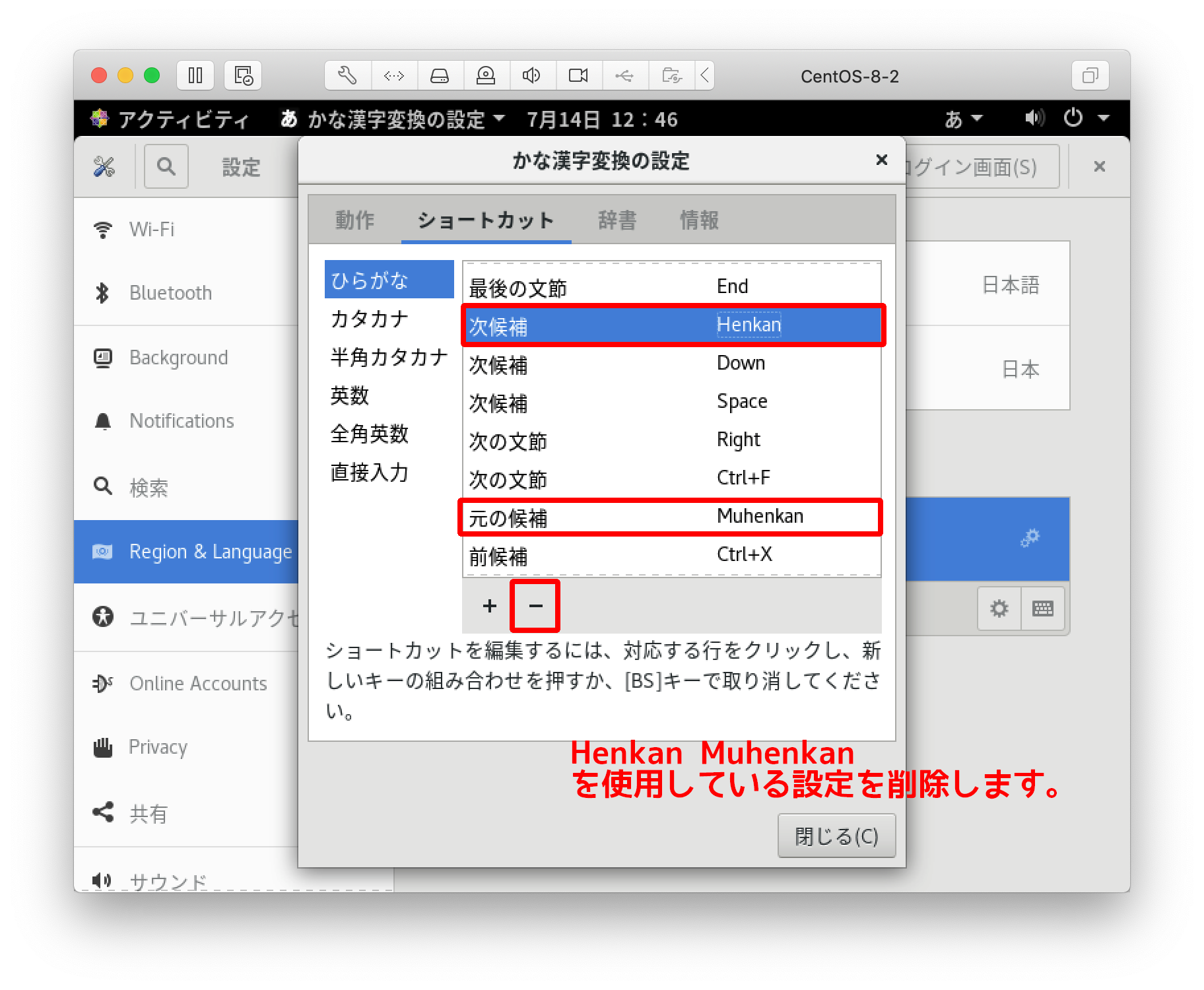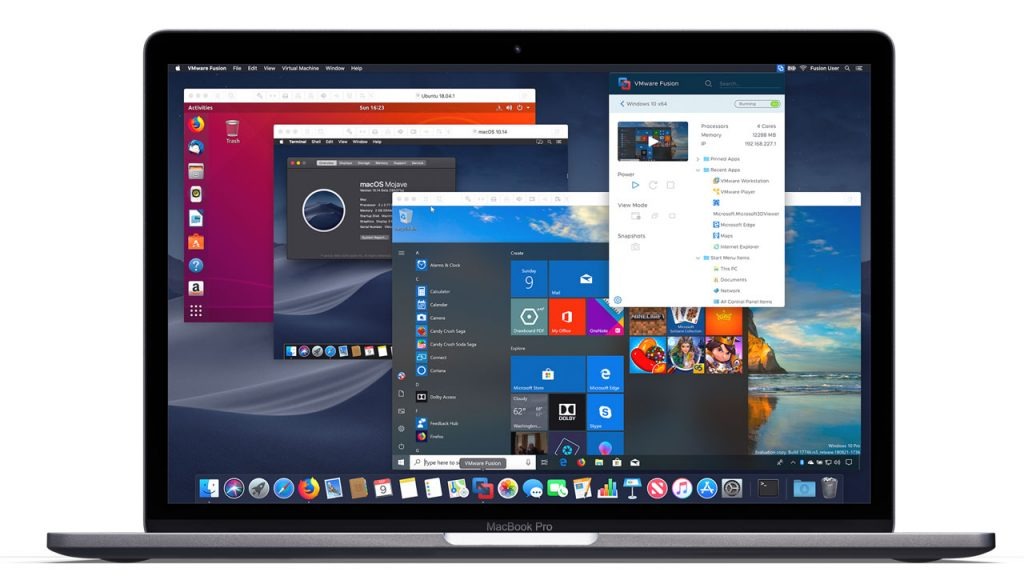

Establish a baseline configuration for the Vagrant box.

Open a separate terminal window (or tab) and enter the following command:Ĩ. Initiate a console connection (via Telnet) to the IOSv virtual appliance. Users/username/Documents/Virtual Machines.localized/IOSv-元-156-2.vmwarevm/IOSv-元-156-2.vmxħ. $ /Applications/VMware\ Fusion.app/Contents/Library/vmrun list The IOSv-元-156-2 virtual appliance should now be in the running state. $ /Applications/VMware\ Fusion.app/Contents/Library/vmrun start $HOME/Documents/Virtual\ Machines.localized/IOSv-元-156-2.vmwarevm/IOSv-元-156-2.vmx nogui Start the IOSv-元-156-2 virtual appliance with the vmrun command. $ tail -4 $HOME/Documents/Virtual\ Machines.localized/IOSv-元-156-2.vmwarevm/IOSv-元-156-2.vmx
#HOW TO DOWNGRADE VMWARE FUSION 8 SERIAL#
Add a custom serial port (for management via console connection).Īppend a serial port device to the virtual appliance configuration file. We will be working from the command line for the remainder of the tutorial.ĥ. Modify/Verify the following attributes in the IOSv-元-156-2 Settings: Click the Customize Settings button to modify the virtual appliance settings.ģ.Select Make a separate copy of the virtual disk.Navigate to and select vios-adventerprisek9-m.vmdk.Select FreeBSD (Other -> FreeBSD) as the operating system.Select the Create a custom virtual machine option.The method for the IOSv L2 image essentially follows the same pattern. I will be creating an IOSv (元) template for my example. Create the Cisco IOSv virtual appliance base. If you know easiest way to do the same task, share it in the comments.2. That's it, now you can launch VM with attached external HDD or SDD!īTW: If you want to boot from the external hard drive you've just attached, you have to modify boot order in the VMware BIOS.scroll to the end of file, add following lines:.vmx extension, select Open With › TextEdit do a right click on a file named like current VM with.move or copy external-hdd.vmdk from your home folder into this one.do a right click on desired Virtual Machine to display a pop-up menu, select "Show Package Contents" this will allows us to view a directory with all corresponding files to this VM.( Documents › Virtual Machines in my case) open Finder and go to a folder where your virtual machines are located.Now let's find our VMware guest os container and add to it just created link to our hard drive. This will create a new external-hdd.vmdk file in your home folder.vmware-rawdiskCreator create /dev/ disk1 fullDevice ~/external-hdd ide paste the following line into the terminal (change disk1 to the disk name you've found in the step 1):.vmdk file that will point to our external hard drive: Change current directory in Terminal to the WMware.app Contents/Library folder (you can simply copy and paste the following line: cd "/Applications/VMware Fusion.app/Contents/Library/").Fire up Terminal.app (it is also located in the Utilities folder).remember Disk Identifier specified in the Information window ( "disk1" in my case).select your hard drive and press Info button on the top-left.launch Disk Utility (select Finder, click on the Go menu, select Utilities, launch Disk Utility.app).


 0 kommentar(er)
0 kommentar(er)
